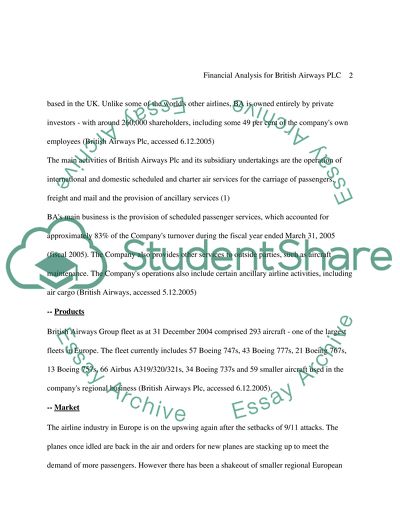Cite this document
(Annual Financial Report Analysis for British Airways PLC Case Study, n.d.)
Annual Financial Report Analysis for British Airways PLC Case Study. Retrieved from https://studentshare.org/finance-accounting/1535497-annual-financial-report-analysis-for-british-airways-plc
Annual Financial Report Analysis for British Airways PLC Case Study. Retrieved from https://studentshare.org/finance-accounting/1535497-annual-financial-report-analysis-for-british-airways-plc
(Annual Financial Report Analysis for British Airways PLC Case Study)
Annual Financial Report Analysis for British Airways PLC Case Study. https://studentshare.org/finance-accounting/1535497-annual-financial-report-analysis-for-british-airways-plc.
Annual Financial Report Analysis for British Airways PLC Case Study. https://studentshare.org/finance-accounting/1535497-annual-financial-report-analysis-for-british-airways-plc.
“Annual Financial Report Analysis for British Airways PLC Case Study”, n.d. https://studentshare.org/finance-accounting/1535497-annual-financial-report-analysis-for-british-airways-plc.


